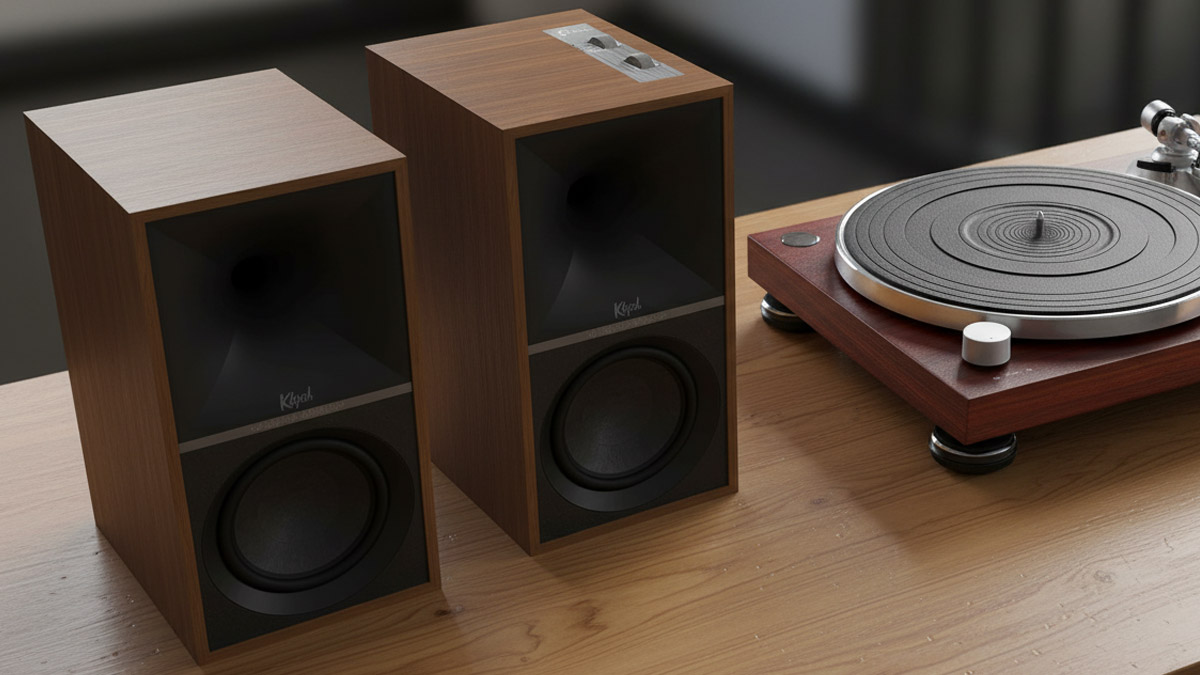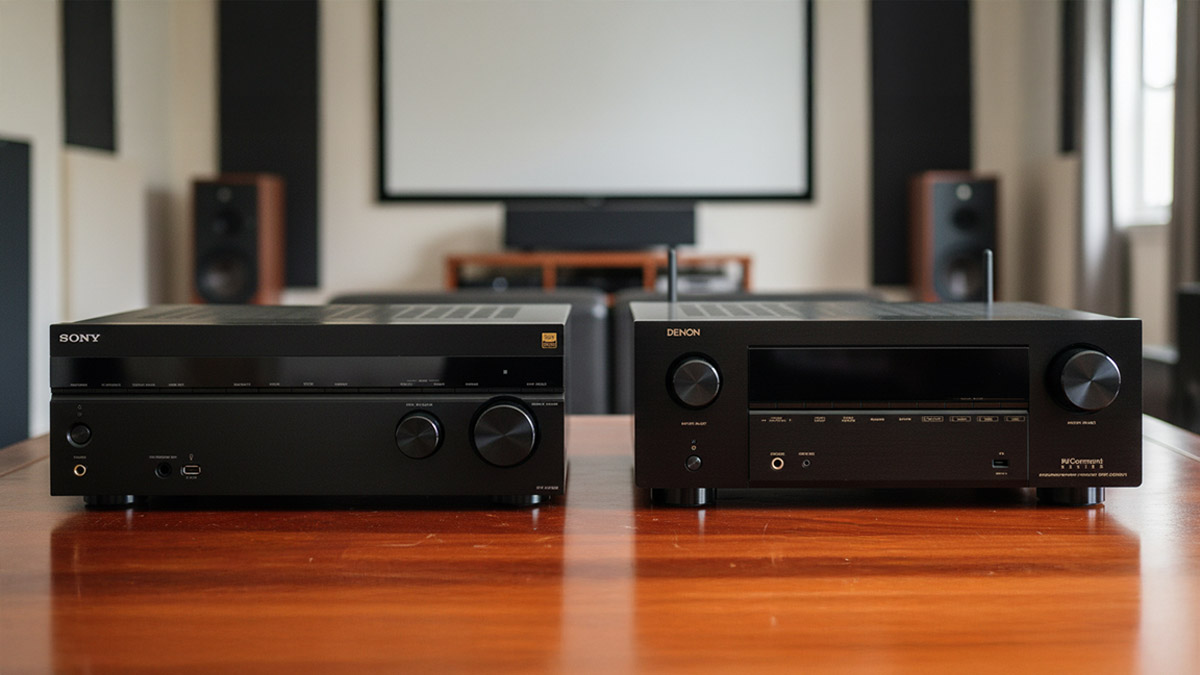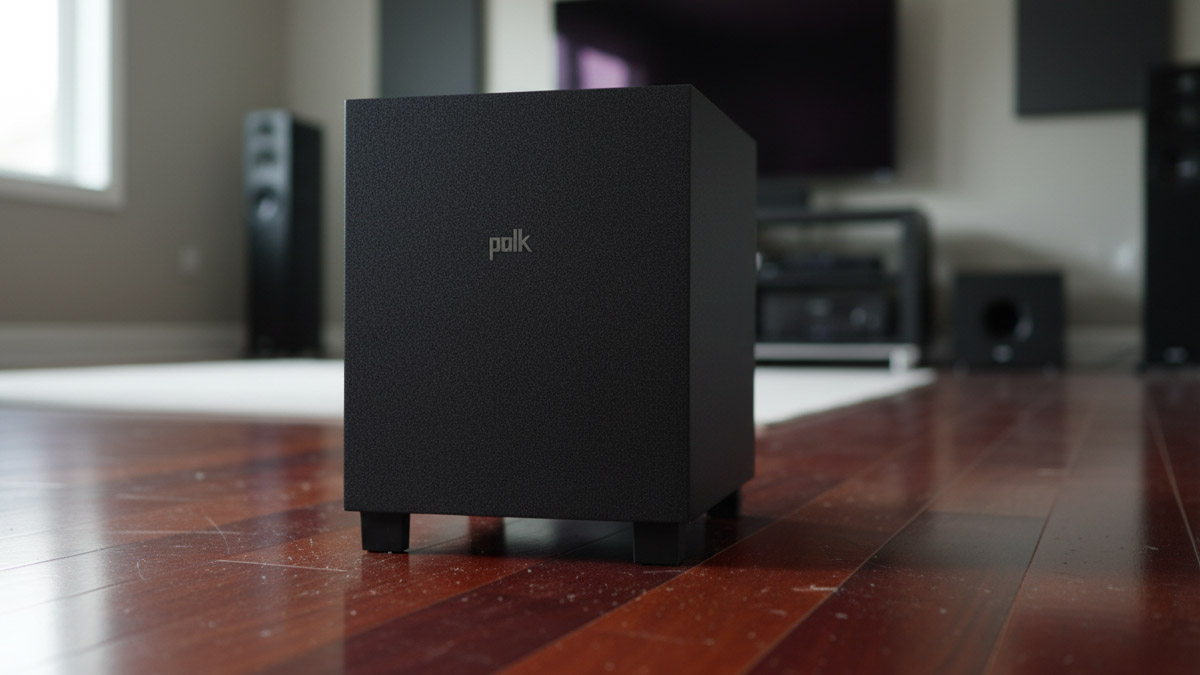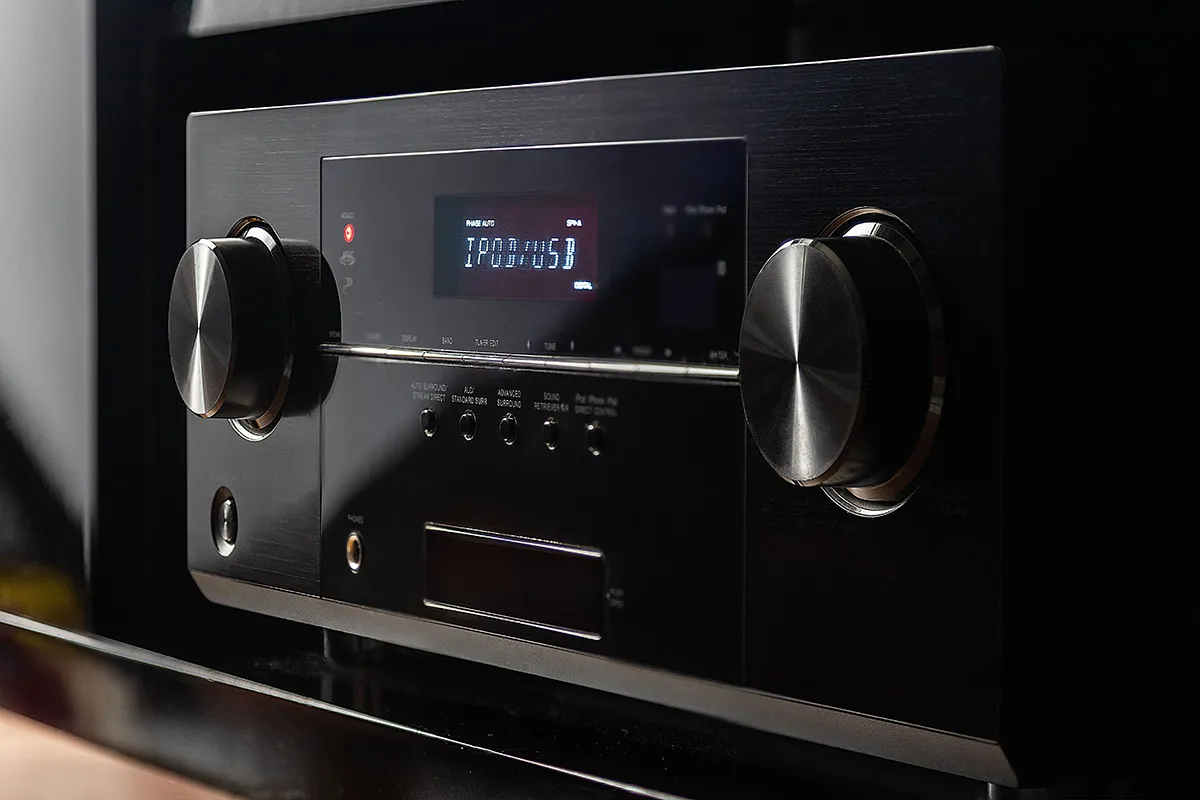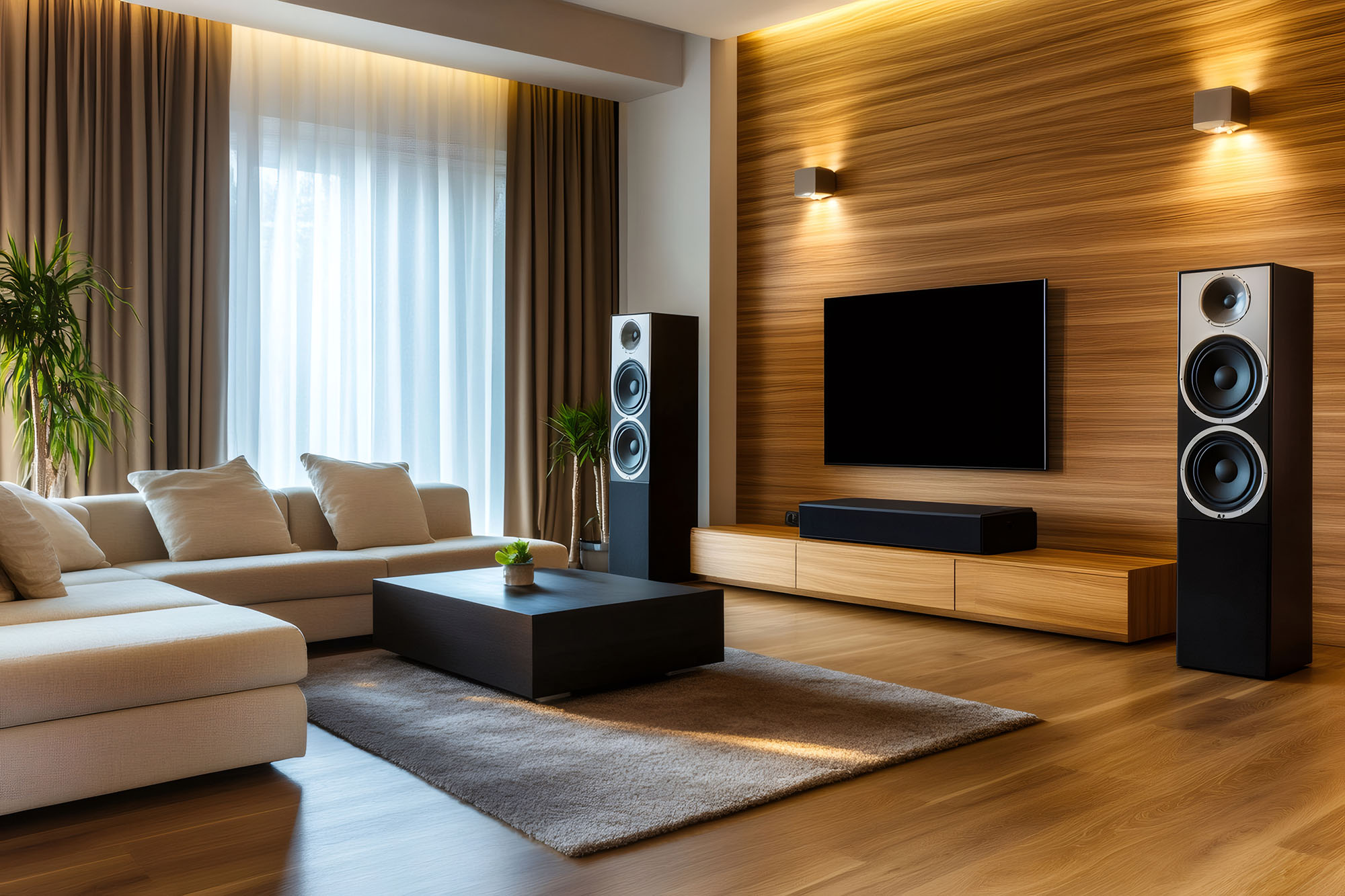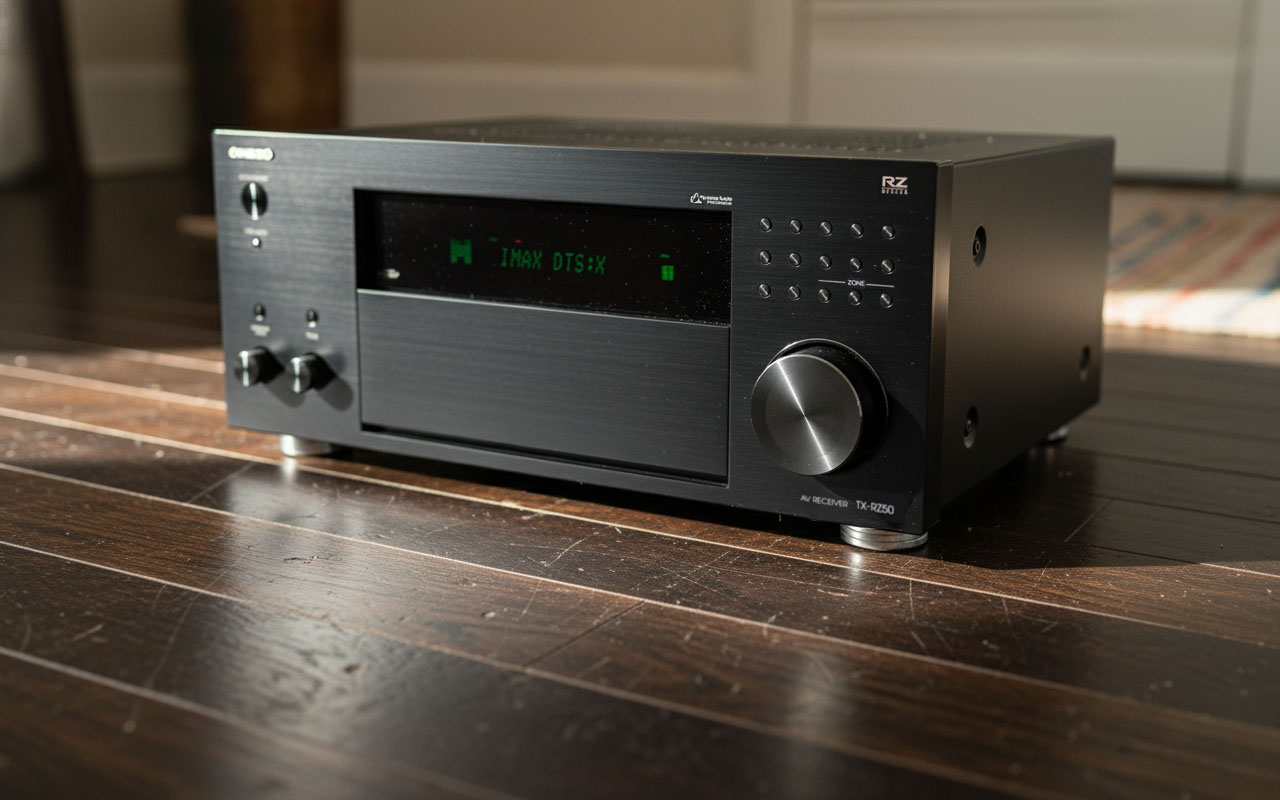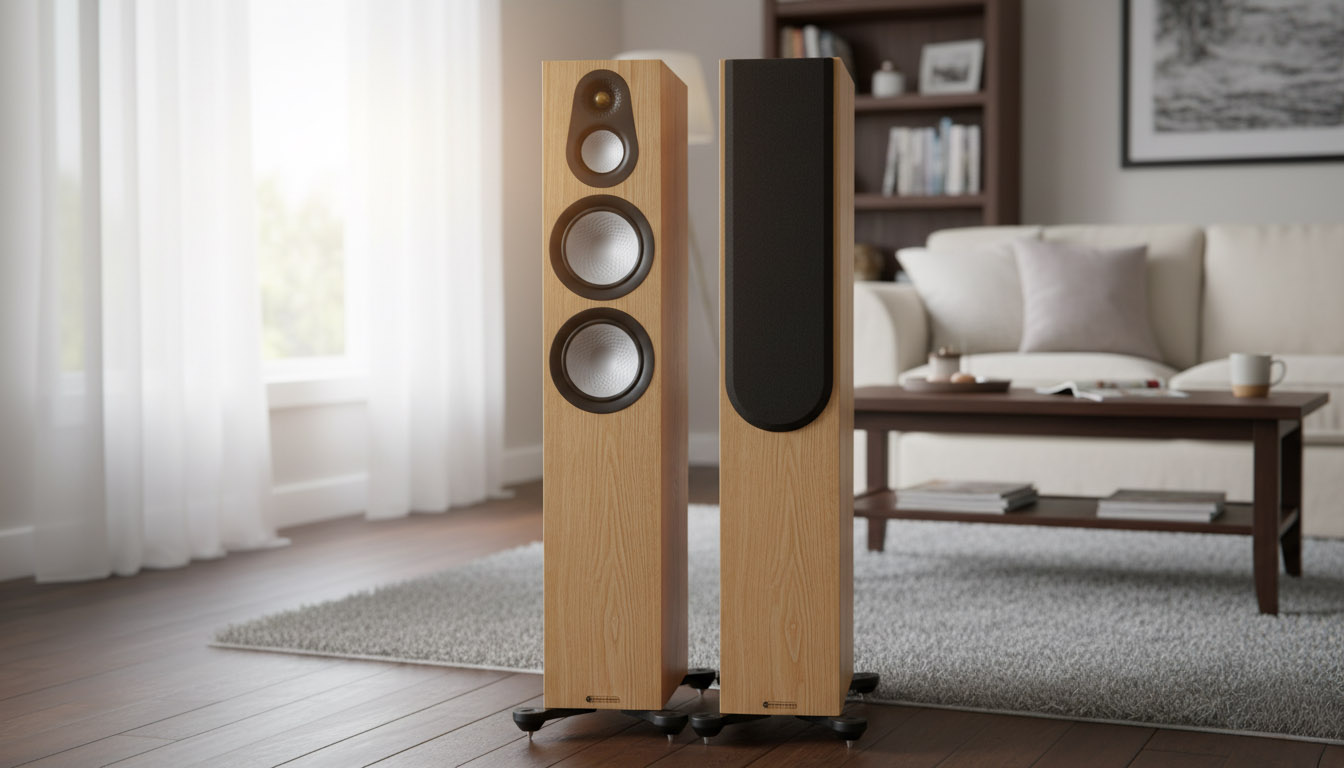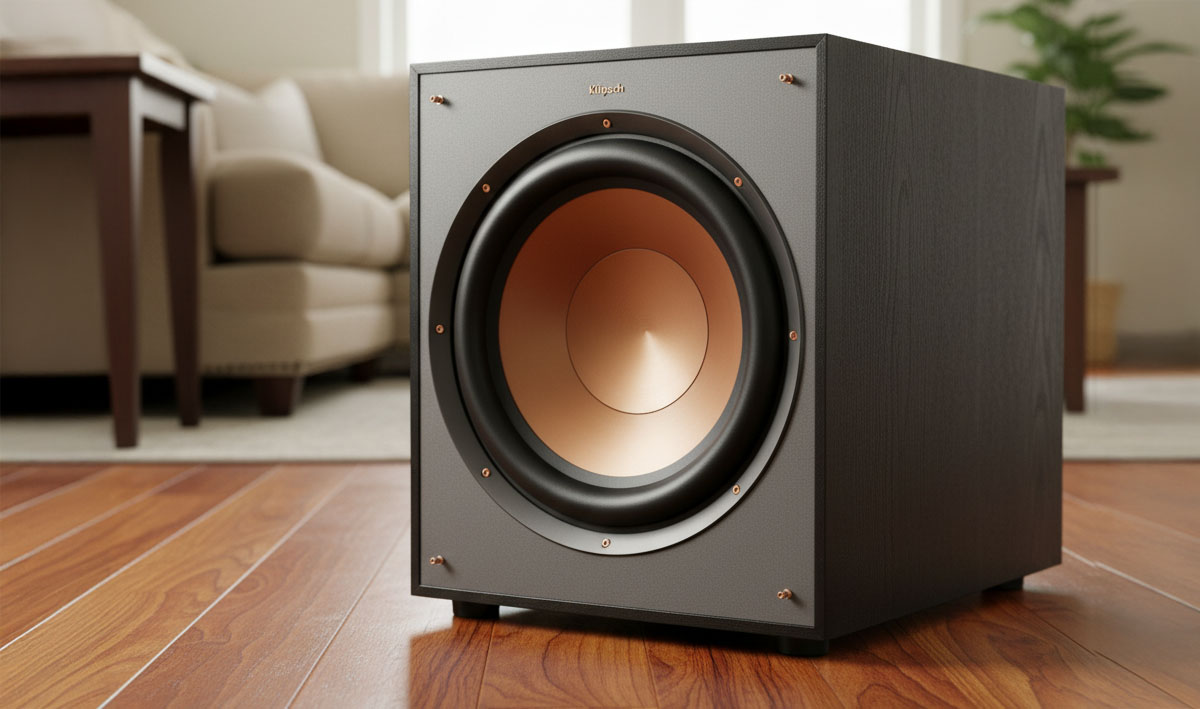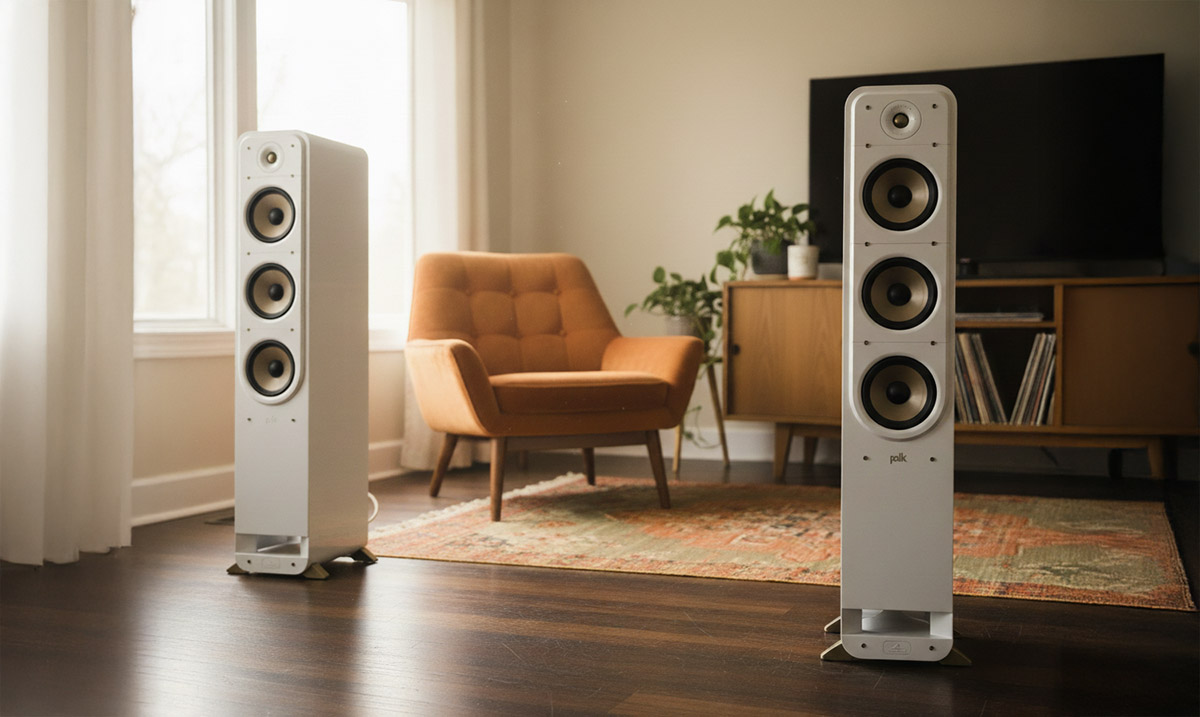Quick Take
Klipsch The Sevens feel like a living-room upgrade that you actually want to use every day. Owners highlight how easy they are to hook up to a TV through a single HDMI cable and how the sound stays lively at low volume, then scales with real punch when you open them up. Bluetooth for casual listening is painless, the phono input keeps a turntable simple, and the app adds quick tweaks. Some users wish for richer app EQ and note that placement matters for the smoothest bass. Still, once you dial in position and sub level, The Sevens deliver cinematic weight and crisp detail without needing an AV receiver.
Pros
![]() Clear, dynamic sound with strong midbass and crisp treble
Clear, dynamic sound with strong midbass and crisp treble
![]() Real one-cable TV hookup through HDMI ARC with TV remote volume control
Real one-cable TV hookup through HDMI ARC with TV remote volume control
![]() Built-in phono stage keeps a turntable plug-and-play
Built-in phono stage keeps a turntable plug-and-play
![]() Klipsch Connect app adds EQ presets, sub level, and firmware updates
Klipsch Connect app adds EQ presets, sub level, and firmware updates
![]() Left/right primary switching makes placement flexible
Left/right primary switching makes placement flexible
![]() Bluetooth streaming is convenient and stable
Bluetooth streaming is convenient and stable
Cons
![]() Bass can get lively in smaller rooms if placed too close to walls
Bass can get lively in smaller rooms if placed too close to walls
![]() App EQ is basic compared with full parametric editors
App EQ is basic compared with full parametric editors
![]() Large cabinets may overwhelm very small desks or shelves
Large cabinets may overwhelm very small desks or shelves
Introduction
Powered bookshelf speakers promise hi-fi sound without the tangle of receivers and amps. Klipsch The Sevens lean into that promise with a retro aesthetic, a horn-loaded tweeter for clarity, and a broad set of inputs so you can hook up a TV, a turntable, a laptop, and a phone on day one. They’re built to anchor a living room, office, or den where you want real stereo width, clean dialogue, and punch without building a full component stack. Many folks moving up from soundbars or small desktop speakers notice an immediate step up in presence and scale, especially for movie nights and casual vinyl sessions.
Key Features
HDMI ARC with CEC
One cable to the TV lets The Klipsch Sevens handle audio from built-in apps and external sources connected to the TV. Your TV remote controls volume, power behavior is coordinated, and lip-sync can be dialed in if necessary. Pro tip: try bitstream vs PCM on the TV; if voices feel slightly late, nudge the TV’s audio delay a few milliseconds until dialogue locks to mouths.
Built-in phono stage
There’s a switchable phono/line input with a ground post, so a moving-magnet turntable plugs in directly. That’s one less box and fewer cables. Nuance worth knowing: built-in phono stages have fixed gain and capacitance. If your cartridge is on the bright side, a simple loading plug (47k/100pF variants) or a small VTA tweak can gently smooth the treble.
Hi-res USB, optical, and analog inputs
USB-B covers laptop listening up to high-resolution formats, optical is perfect for a console or streamer, and 3.5 mm/RCA handle legacy gear. The practical benefit is you can leave everything connected and switch sources without re-plugging.
Bluetooth 5 with higher-quality codecs
Support for better Bluetooth codecs means casual listening still sounds clean and open. It’s instant for guests, good enough for daily background music, and a safety net if the Wi-Fi ever flakes on your external streamer.
1″ horn-loaded tweeter + 6.5″ long-throw woofer (bi-amped)
Horn loading focuses high-frequency energy for crisp, forward detail that cuts through room noise. The dedicated amps for tweeter and woofer keep transients snappy and maintain control at modest volumes, which matters when you watch at night or live in an apartment.
Dynamic Bass EQ
Low listening levels make bass vanish first. Dynamic Bass EQ compensates so the sound stays balanced without raising master volume. Use it for night sessions; for daytime neutrality, many listeners prefer it off.
Subwoofer output
Adding a sub is easy, but here’s the important detail: The Sevens do not high-pass their mains when you add a sub. You’re doing “bass addition,” not full bass management. Start your sub’s low-pass around 70–80 Hz, place it near the front-wall midpoint, and after a day of listening, trim the sub level down 1–2 dB to avoid boom. If your room is larger, a second sub further evens out bass across the couch.
Klipsch Connect app
Quick EQ presets, firmware updates, and a virtual remote live here. Two tiny, useful nudges:
• “Vocal lift” for TV: –1 dB near ~100 Hz, +1 dB around 2–3 kHz.
• “Warm music” preset: –1 dB at ~3–4 kHz, +1 dB near 70–80 Hz (if no sub).
They’re subtle but solve common complaints without breaking balance.
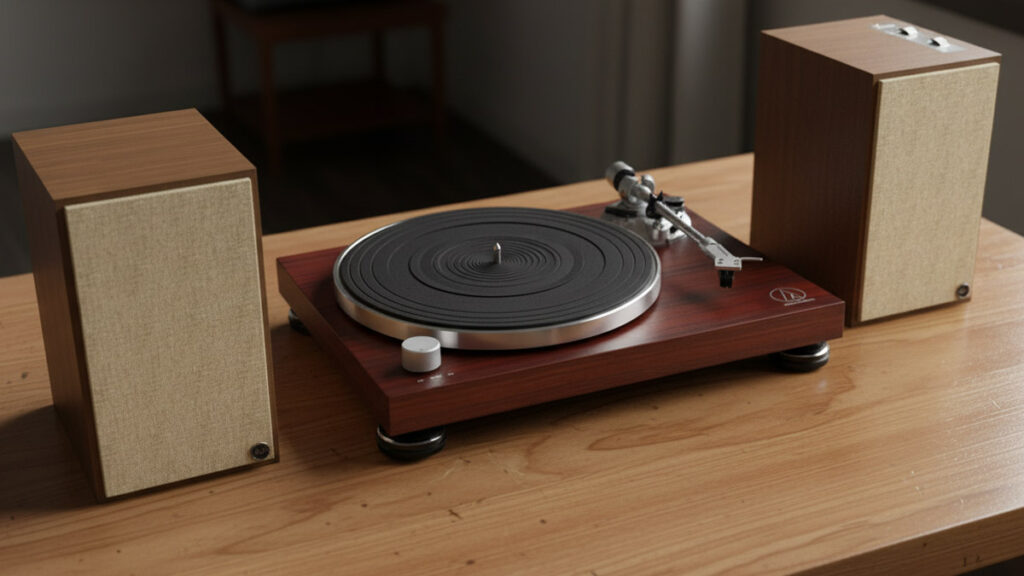
Sound Quality and Setup:
The first impression many describe is “bigger than expected.” Voices lock to the screen and remain intelligible at modest volume. Brass, snares, and consonants have bite without turning brittle—as long as the tweeters sit near ear height and the speakers are slightly toed-in. Compared with compact soundbars or smaller powered speakers, The Sevens project a wider, deeper image, so movie soundtracks feel more like a mini theater and less like “TV sound.”
Bass is robust for a bookshelf footprint. Kick drums land with weight, and synth lines carry through open rooms. At lower levels, Dynamic Bass EQ helps keep warmth intact without bumping the master volume. That said, physics still matters: the last half-octave on modern action films needs a sub if you want couch-shaking impact. Because the mains aren’t high-passed when you add one, the trick is to let the sub fill the very bottom while keeping the mains sounding natural. Starting at 70–80 Hz on the sub’s crossover and trimming level down slightly after living with it for a day usually nails it.
Setup is straightforward, with a few sneaky wins. HDMI ARC typically works immediately, but the order of operations matters if things get stubborn: enable CEC on the TV, power-cycle the speakers, then re-select ARC on The Sevens. For placement, give the rear ports at least 6–12 inches from the wall. If they sit on a console, push the front baffle slightly forward of the furniture edge and use small isolation pads; this reduces “surface glare” that can make treble splashy. If your room is live or reflective, the “Warm music” app tweak mentioned earlier takes the edge off without killing the sparkle.
Who Are The Sevens For?
Pick The Sevens if you want real stereo that’s ready in minutes and you value clarity, punch, and simple control over piecing together separates. They’re great for living rooms and dens up to roughly 250–300 square feet with a 7–10 foot seating distance. Movie fans get dynamic swing, vinyl listeners enjoy the clean phono stage, and everyone appreciates using a single TV remote for volume. If your space is small or you sit very close, consider stands or wall shelves to get tweeters to ear height; if your space is very large, plan on adding a sub sooner rather than later.
Tips for Better Results
- Toe-in and height: Aim tweeters to a point just behind your head; get them at ear height. A sturdy 24″ stand is ideal in most rooms.
- Boundary control: Keep the backs 6–12 inches from the wall. If bass puddles along the back wall, slide each speaker forward in 2–3 inch steps.
- Night vs day presets: Use Dynamic Bass EQ at night, turn it off during the day for a flatter tone.
- Sub integration: Remember there’s no high-pass on the mains. Start at 70–80 Hz, place the sub at the front-wall midpoint, then trim the level down a hair after living with it.
- Desk or credenza placement: Let the front edges overhang the furniture slightly and add isolation pads. A gentle –1 dB around 120–150 Hz counters “desk lift.”
- Primary speaker switch: Put the powered cabinet on the side closest to your outlet or TV to simplify cable runs.
- Heat management: They run warm. Leave a couple inches above and behind the powered speaker; avoid closed cubbies.
Alternatives and How They Compare
Klipsch The Fives
A smaller sibling with a five-and-a-quarter inch woofer. They’re easier to fit on desks and tighter shelves, but they give up some low-end reach and headroom compared with The Sevens. If space is tight and you listen nearfield, The Fives can be the better match.
SVS Prime Wireless Pro Powered Speakers
A strong competitor if you want network streaming and broad app control. They bring different voicing and more connectivity for streaming services, but lack the horn-forward projection some people enjoy for TV and movies.
KEF LSX II
Compact, networked, and polished. They offer refined imaging and extensive app streaming. However, they don’t include a built-in phono stage or HDMI ARC on all versions, and their smaller cabinets can’t move air like The Sevens in bigger rooms.
If your priority is “big couch, big sound, no receiver,” The Sevens are the simplest way to get there. If you want deep app-based streaming and a more relaxed treble, the KEF or SVS route can make sense.
Final Thoughts
Klipsch The Sevens hit a sweet spot for people who want cinematic scale and real stereo without the complexity of a full component stack. The combination of HDMI ARC convenience, a real phono input, hi-res USB, and a capable Bluetooth set means you can cover daily TV, vinyl nights, and casual phone listening with two boxes and a sub later if you want. Placement and a little EQ care pay off, but the reward is a sound that feels alive at low volume and authoritative when you have room to turn it up. If that describes your living room and your expectations, The Sevens will feel like a system you’ll actually use and enjoy everyday.
FAQ
Do I need an AV receiver with The Sevens?
No. They’re powered and accept HDMI ARC, phono, optical, USB, analog, and Bluetooth directly.
Can my TV remote control the volume?
Yes. With HDMI ARC and CEC enabled, your TV remote adjusts the speakers’ volume.
Will they work for vinyl without extra boxes?
Yes. The built-in phono preamp supports moving magnet cartridges on most turntables.
How big of a room can they fill?
With strong output capability and rated extension down to the upper 30s hertz, they’re comfortable in medium to larger living rooms.
Do I still need a subwoofer?
Not required, but adding one through the sub out extends and smooths the low end for movies or bass-heavy music.
Which Bluetooth codecs are supported?
Bluetooth 5 with SBC, AAC, aptX, and aptX HD. For the highest fidelity, use USB or optical.
Teksignal.com participates in the Amazon Services LLC Associates Program, an affiliate advertising program designed to provide a means for sites to earn advertising fees by advertising and linking to Amazon.com. The reviews on this site are hands-off consensus reviews. We analyzed owner feedback across the internet and manufacturer documentation. We summarize sentiment; we do not republish individual user posts.

